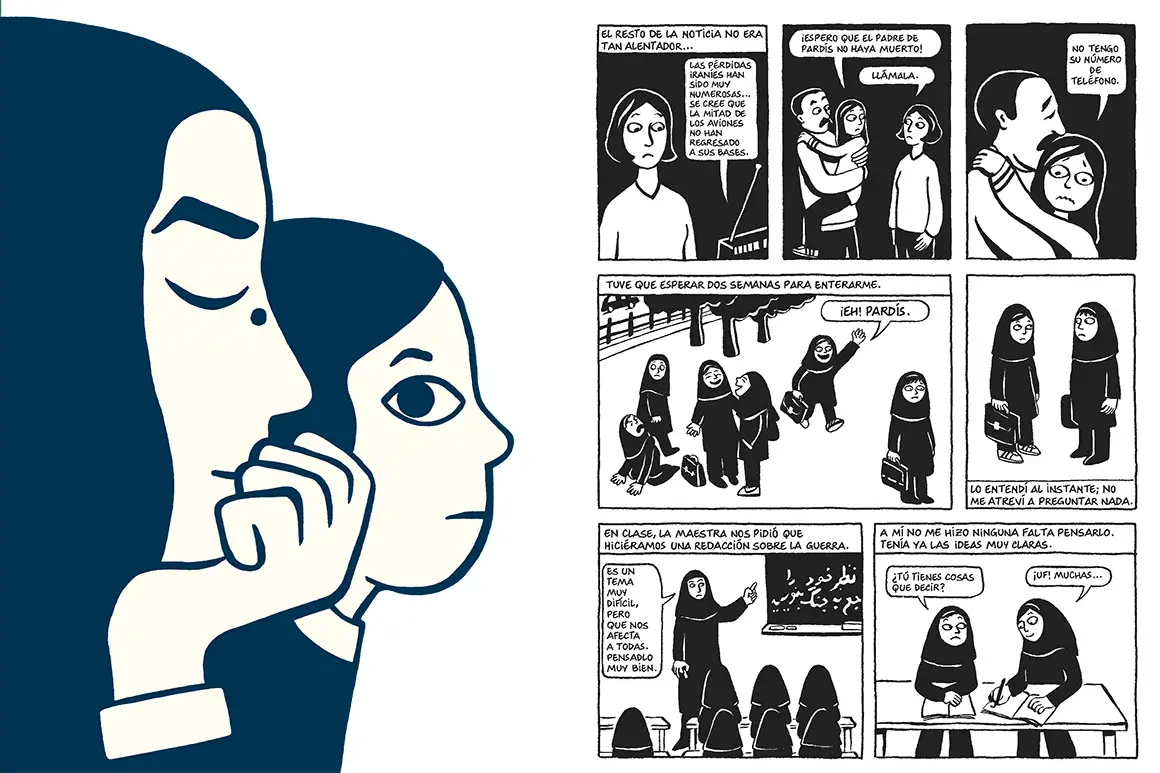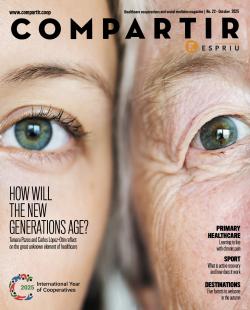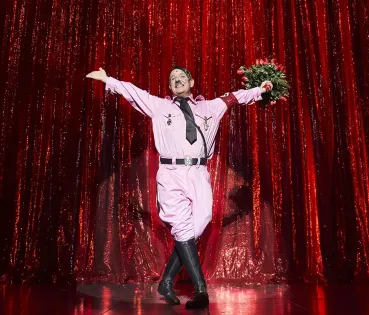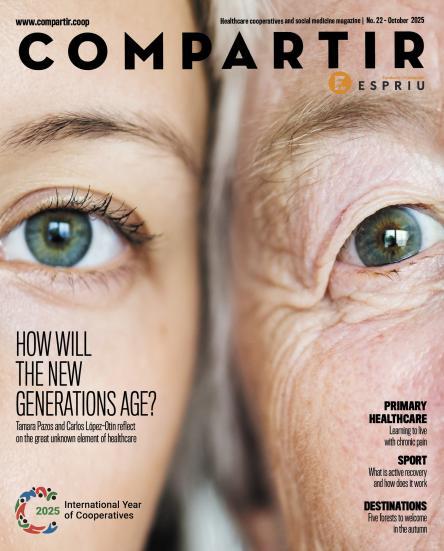
'Persepolis': a portrait of the East for westerners
Marjane Satrapi has been awarded with the Princess of Asturias Prize for a career devoted to defending human rights and freedom.
"Always maintain your dignity and integrity.” These are the words (spoken by her grandmother) that travelled with Marjane Satrapi in 1984, from Teheran to Vienna. At that time she was 14 years old and in her country of birth – Iran, a war had just broken out that would change the entire nation forever more.
Her teenage years in Europe were also no bed of roses. Marked by the start of the repression experienced in Iran, in the West she had to fight against some significant challenges, including racism, loneliness and the lack of cultural identity.
In the year 2000, she published the graphic novel Persepolis, an autobiographical story of her childhood and teenage years in the transition between the regime of the Shah Mohammad Reza Pahlavi and the first years of the Islamic Republic. She wrote it in French – and not in Farsi, her mother tongue, because, as the author explains, she wanted to provide an alternative perspective for western people, who had consumed a distorted version, of what she had experienced as the revolution of her country.
The graphic novel as protest
Although it is true that the evolution of the contemporary graphic novel after Alan Moore (with particular attention on V for Vendetta or Watchmen) allowed political and social topics to be explored with greater freedom to tackle the complexity and controversy that it grants them (Maus[1986], by Art Spiegelman or American Splendor [1996], by Harvey Pekar and Robert Crumb), the roots of Persepolis run particularly deep.

The story starts in 1980, the first year that the main character was forced to wear a veil to school. Little Marji sails through her intellectual curiosity trying to understand the social context that surrounds her, even leading her to hold conversations with God, who she curiously felt was physically similar to Karl Marx, and to break off her links with him on seeing his impunity in the face of the war.
Through anecdotes about the active opposition of her family to the Shar’s government and their subsequent resistance to the rules of the regime- on a trip to Istanbul, her parents bought her some posters of Kim Wilde and Iron Maiden that they managed to get over the border sewn into the lining of a jacket – Marjane helps us to join together some pieces of a jigsaw puzzle that went beyond the war and concerns human rights, the difference between classes, religion and sexuality. And it is precisely in this way that the reader, however distant they are from the conflict, ends up feeling empathy with someone who, without wanting to, finds herself in the middle of a socio-cultural crisis that shakes up her entire life. A story which, in spite of the characterisation, is far from being innocent, although certainly this is one of its great virtues.
Twenty-four years of success
The work won the 2001 Angouleme Revelation Author Prize and the best Angouleme Script in 2002. In 2007, an animated film based on the graphic novel was premiered, directed by Vincent Paronnaud, which was nominated for the Palme d’Or and won the Jury’s Award at the Cannes Festival that year. It also won a Goya and was nominated for Best Animated Film at the 2008 Oscars.
Marjane has other titles that tell different tales inspired by real stories about life in Iran, such as Embroideries (2003) and Chicken with plums (2004). She has also directed films, such as The Voices (2014), a terror-comedy starring Ryan Reynolds, or Radioactive (2019), a biographical film about Madame Curie. At the end of last year she coordinated the graphic essay Woman, Life, Freedom, a tribute to the feminist rebellion that was started by the death of Mahsa Jina Amini, in October, 2022 for not wearing her veil correctly.
In 2024, with a new edition of Persepolis in bookshops, translated in Spanish by Carlos Mayor (a perfect opportunity to revisit or discover the story), the author has been awarded the Princess of Asturias Prize for Communication and Humanities for being “an essential voice for human rights and freedom”, a recognition that she dedicated to all the young people who lost their lives during the war and who continue to fight for freedom.




